Black currant – nice and undemanding plant in your garden
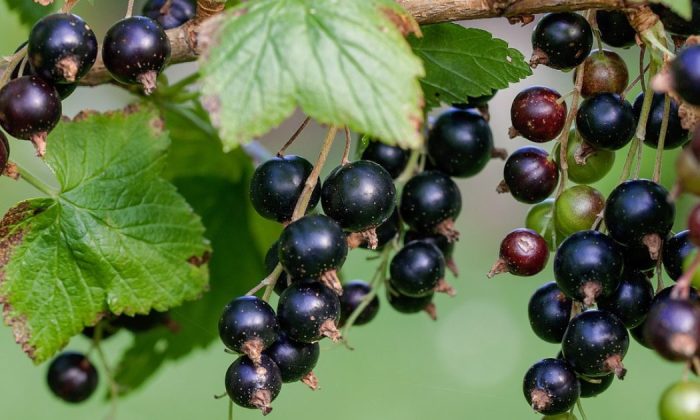
Black currant produces very healthy fruit, which is used to make a variety of healthy products, jams, marmalades and refreshing syrups and as any fruit, it is best and most beneficial when eaten raw. Black currant is full of vitamins, especially vitamin A and vitamin C (not even citruses offer more vitamin C) and thanks to its undemanding nature, even total beginners can grow it. There are few minor requirements, but if you follow them, you will be ok.
Sun and no strong wind
Black currant needs plenty of sun and a place protected from strong winds. It also needs acidic and well-drained soil. You do not need to water black currant shrubs regularly, but during dry weather you need to, and you need plenty of water. It is recommended to cut dry and old branches from time to time. This should be done in late autumn or early spring. The first year after planting, you need to protect black currant from frost – by spreading mulch around it. Well-developed and healthy bushes can deal with frosts easily.
Photo: Pixabay
Nutritional content
Even with little care and effort, black currant should produce a large number of fruit – berries loaded with vitamin C and A, potassium, magnesium, iron and calcium. All currants (white, red, black) contain antioxidants but black current is the champion. Anthocyanins give black current its dark colour and rutin and quercetin (special antioxidants) give black current strength that can help us to increase the immune system and can protect you from infections. Antioxidants contained in black current also offer anti-inflammatory properties.
Black currant leaves
Blackcurrant leaves are also great and you can use leaves in the same way as our grandmothers, who did not have access to extensive pharmacological products as we have today. Black currant leaves were used as poultices to treat leg swelling or to speed up wound healing. If you suffer from mosquito or other insect bites, get a black current leave and rub it on the affected area. You should feel relief immediately.
Infusion made from leaves
You can use both fresh and dried leaves. Take 1 tablespoon of leaves and pour 200 ml of boiling water over them. Let it infuse for 10 minutes and drink it to improve digestion. You may also use this infusion to treat diarrhoea, bladder problems, stomach neuroses and liver problems.
Currant leaves against pests
If you want to get rid of voles, you can try black currant leaves. Collect leaves and insert them into holes or tunnels that these creatures made. The smell of black currant is very unpleasant to voles and they should change their place of residence soon…
Black currant leaves and pickled vegetables
There are people who also use blackcurrant leaves in homemade pickled products. They are particularly suitable for pickled cucumbers or tomatoes as they give these products exotic touch and aroma.
Source: https://porady.interia.pl/ogrody/news-czarna-porzeczka-wymagania-uprawa-wlasciwosci,nId,4907249
Preview photo: Pixabay

Gardening is my hobby, I have a lot of experience and I am happy to share it.
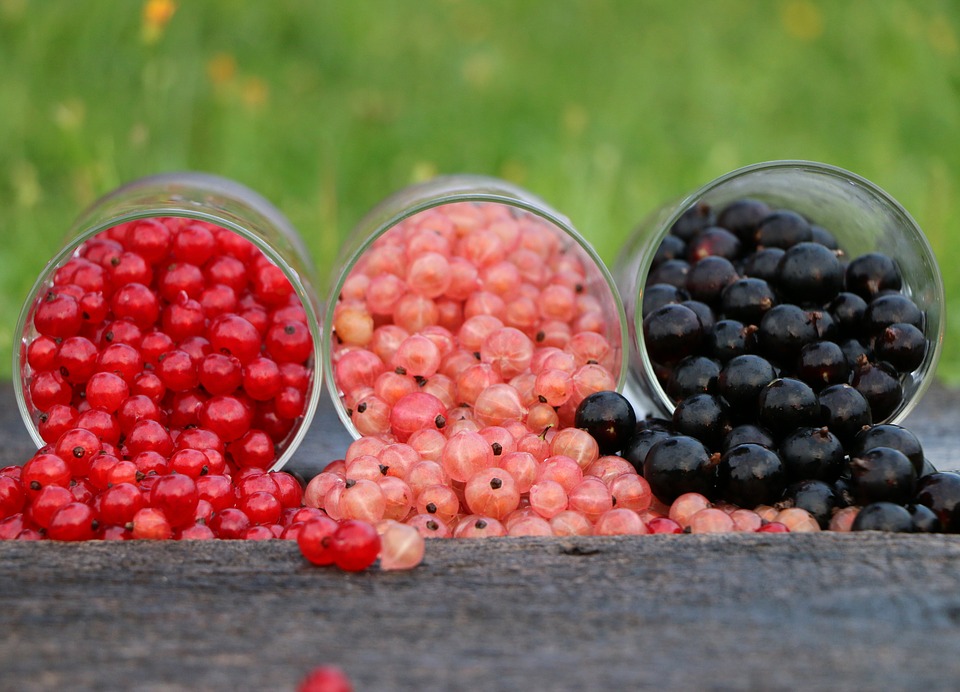


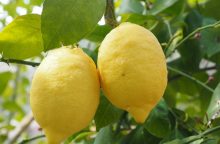


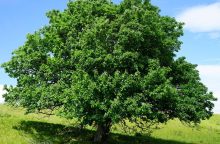
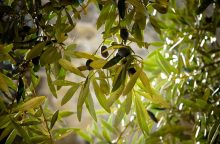

0 comments